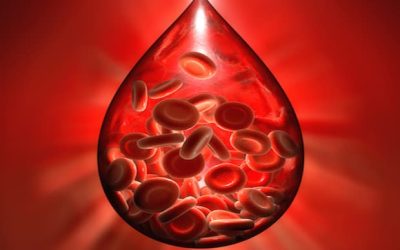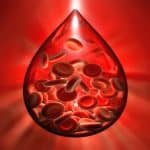Nordic Bioscience has announced that the New England Journal of Medicine Evidence (NEJME) has published research that further establishes its extracellular matrix biomarker, PRO-C6, as a potential next-generation biomarker.
It concerns patients with heart failure and preserved ejection fraction (HFpEF). The studies – conducted in collaboration with Bristol Myers Squibb and the University of Pennsylvania – combined analyses of six independent cohorts of HFpEF patients from around the world which are being evaluated with the PRO-C6 biomarker.
HFpEF is a highly heterogenous syndrome greatly affected and driven by underlying comorbidities. With no current treatments that selectively reduce morbidity and mortality, it poses one of the greatest unmet medical needs today, and its prevalence is projected to increase in the coming years.
The PRO-C6 biomarker assay has been transferred to the Roche Diagnostics ‘cobas e’ platform, increasing accuracy in sample measurements and enabling future IVD-based decision making. It is an a further step in making sure that clinical samples are utilised in the best way possible, while also enabling patient segregation and drug decision-making in clinical trials.
“Having the PRO-C6 biomarker assay on the Roche Diagnostics cobas e platform is an important step for increasing the utility of the biomarker and paving the way for clinical decision-making in a disease area with significant complications where better diagnostic and prognostic biomarkers are required. Seeing the data validated and published in the NEJM Evidence journal is a great scientific achievement,” reflected Morten Karsdal, chief executive officer of Nordic Bioscience.
“Identifying and developing therapies for the broad HFpEF population has been a challenge. Many clinical trials have failed due to the inability to identify patient subgroups and match them to potential therapies,” explained David Gordon, vice president, cardiovascular and fibrosis Ddiscovery Biology at Bristol Myers Squibb.
“Data on PRO-C6 gathered thus far and the letter of support from the FDA reinforce the potential of this biomarker to be used in routine cardiology practice to help identify individual patient risk, prognosis, and even potentially guide therapeutic decisions,” he added.
Fibrosis is acknowledged to be a key driver of HFpEF pathology, contributing to ventricular stiffness and reduced function. Improving understanding of how fibrosis and extracellular matrix turnover are regulated could be key to unlocking novel treatments for patients.









